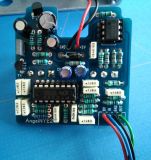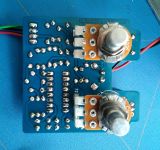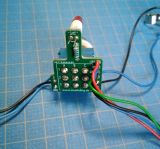Problem Solved
I read through many forums and I'm not the only person with that problem. But now my Angel Chorus is working!
I've heard that the seller has received new PT2399 as they are known as being problematic. With the last centralised buying I ordered some spare parts for my Angel. Switching the PT2399 finally worked and solved the problem. It looks like the new PT2399 get some QA as every pack is labelled. Two friends ordered the same Chorus and built it without that problem too (all those PT2399 included are labelled too).
It took quite a time but finally it's working. The chorus is boxed, painted, mounted and in use now! It sounds great. Thank you for all of your help and support!
I read through many forums and I'm not the only person with that problem. But now my Angel Chorus is working!
I've heard that the seller has received new PT2399 as they are known as being problematic. With the last centralised buying I ordered some spare parts for my Angel. Switching the PT2399 finally worked and solved the problem. It looks like the new PT2399 get some QA as every pack is labelled. Two friends ordered the same Chorus and built it without that problem too (all those PT2399 included are labelled too).
It took quite a time but finally it's working. The chorus is boxed, painted, mounted and in use now! It sounds great. Thank you for all of your help and support!




